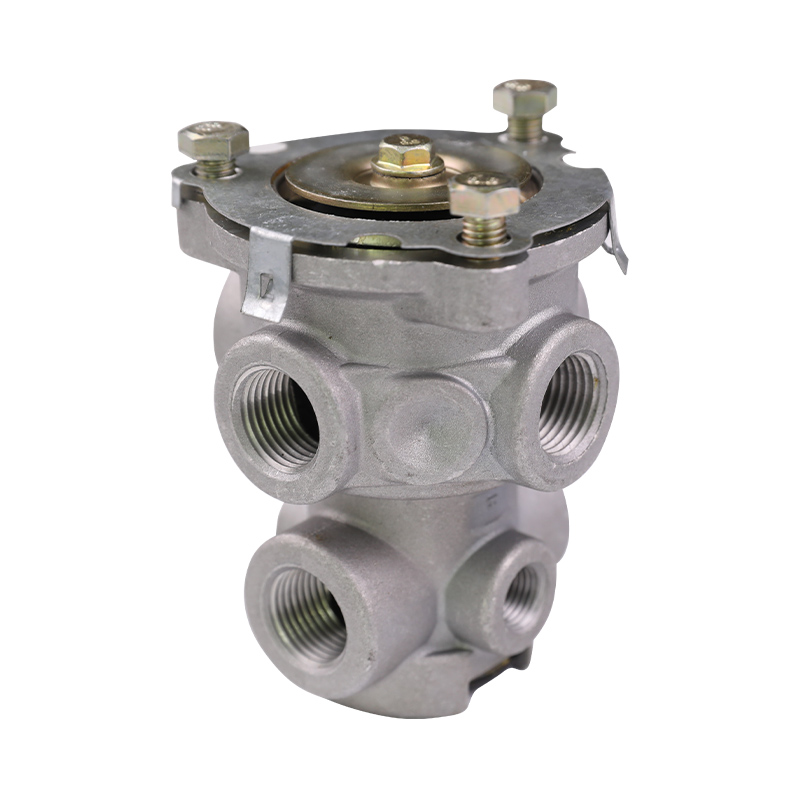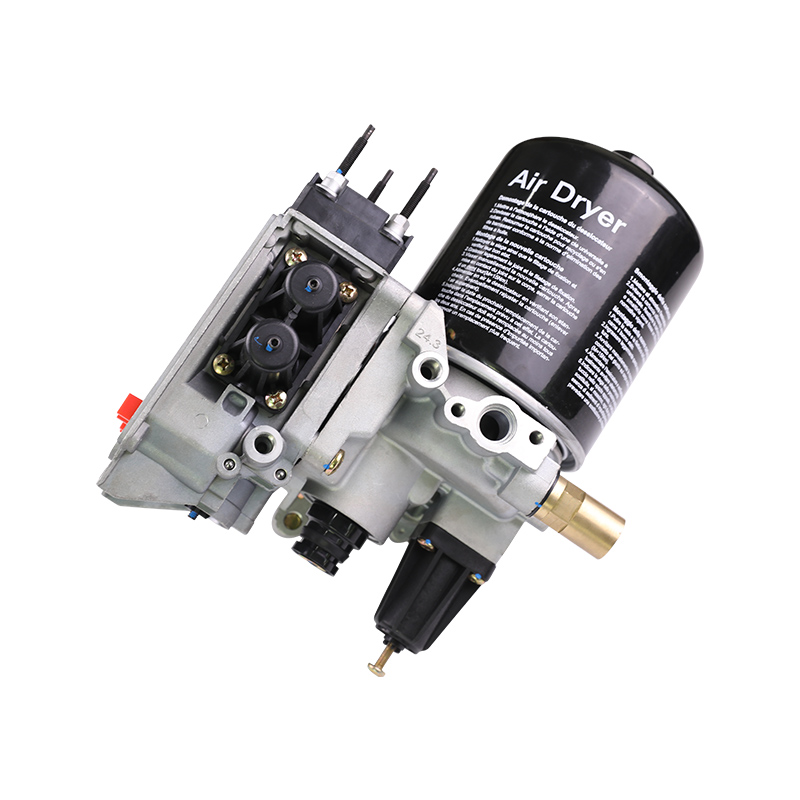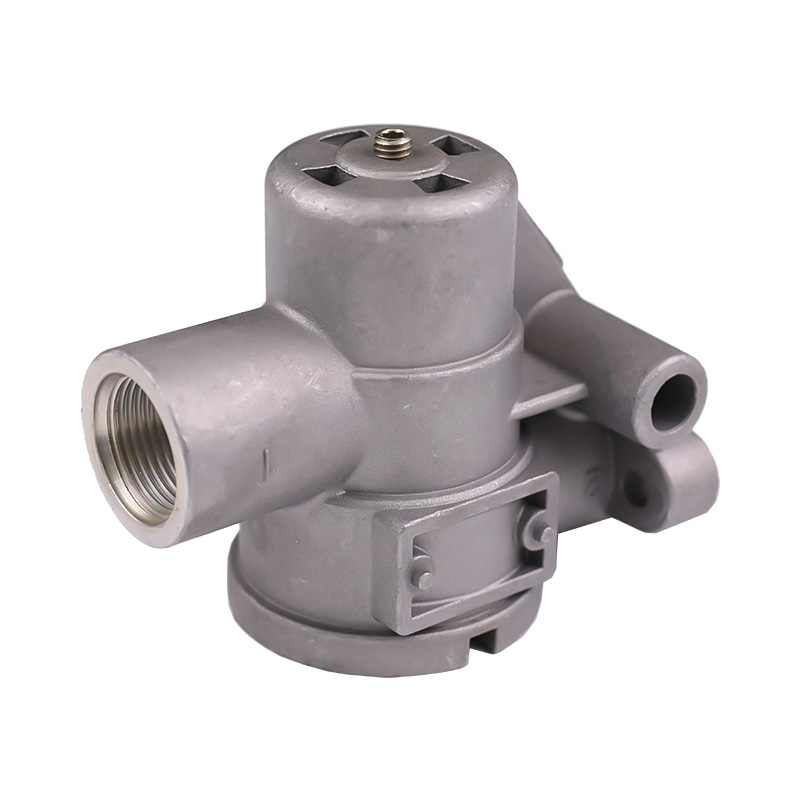The Role of the Brake Chamber in the Air Brake System
The brake chamber is a core component of the pneumatic brake system, converting air pressure into mechanical thrust to drive the brake shoes or discs to slow and stop the vehicle. The proper functioning of the chamber is directly related to the vehicle's braking performance and driving safety. Over time, diaphragm aging, spring fatigue, and corrosion of the chamber housing can lead to deterioration in chamber performance, necessitating timely maintenance or replacement.
Common Failure Types
Common brake chamber failures include decreased air tightness, diaphragm rupture, push rod wear, spring failure, and housing corrosion. Air leakage in the chamber can lead to insufficient braking thrust and increase stopping distance. Diaphragm damage can cause delayed braking response. Spring fatigue can reduce the chamber's spring force output. Corrosion or cracks in the housing increase the risk of rupture, posing a safety hazard.
Chamber Inspection Methods
Determining whether the brake chamber needs replacement requires a comprehensive assessment using a combination of inspection methods. First, visually inspect the housing for cracks, corrosion, or deformation. Next, manually push the push rod to observe whether it moves smoothly and whether there is any binding. Air pressure testing is a critical step. A pressure gauge is used to check the air chamber for leaks and pushrod travel within specifications at standard operating pressure. A diaphragm aging or rupture is often accompanied by air leakage and reduced thrust.
Professional Standards for Determining Replacement
Replacement should be prioritized over repair when the following conditions occur in the brake chamber:
Severe diaphragm damage: If the diaphragm is cracked, perforated, or partially delaminated, repair will be difficult to restore to its original elasticity and sealing properties.
Spring fatigue or breakage: Spring failure can lead to insufficient air chamber thrust, posing a significant safety hazard.
Casing corrosion or cracks: Visible corrosion or cracks on the metal casing make repairs impossible to ensure structural strength.
Excessive pushrod wear: Severe scratches or bends on the pushrod surface can cause uneven travel or sticking.
Multiple leaks: Multiple leaks in the chamber make repairing a single leak incapable of restoring overall sealing performance.
End of life: The chamber has experienced a decline in overall performance after extended use, making repair more costly than replacement.
The Difference Between Repair and Replacement
Repair is suitable for minor faults, such as minor diaphragm wear, a single minor leak, or a minor pushrod sticking. Repairs are inexpensive and quick to complete, but they only extend the life of the air chamber and cannot restore it to like-new performance. Replacement fully restores the air chamber's sealing and thrust output, ensuring the reliability and safety of the brake system.
Professional Maintenance Recommendations
During maintenance, the air chamber should be regularly inspected, focusing on air tightness, pushrod travel, and spring elasticity. Record each inspection result and analyze air chamber wear trends. Inspection intervals should be shortened when the vehicle is subject to frequent braking or in harsh operating conditions. Choose original or certified air chambers for replacement to ensure proper dimensions and thrust specifications. When replacing the air chamber, also inspect the brake pads, brake lines, and air compressor system to ensure stable overall braking system performance.






